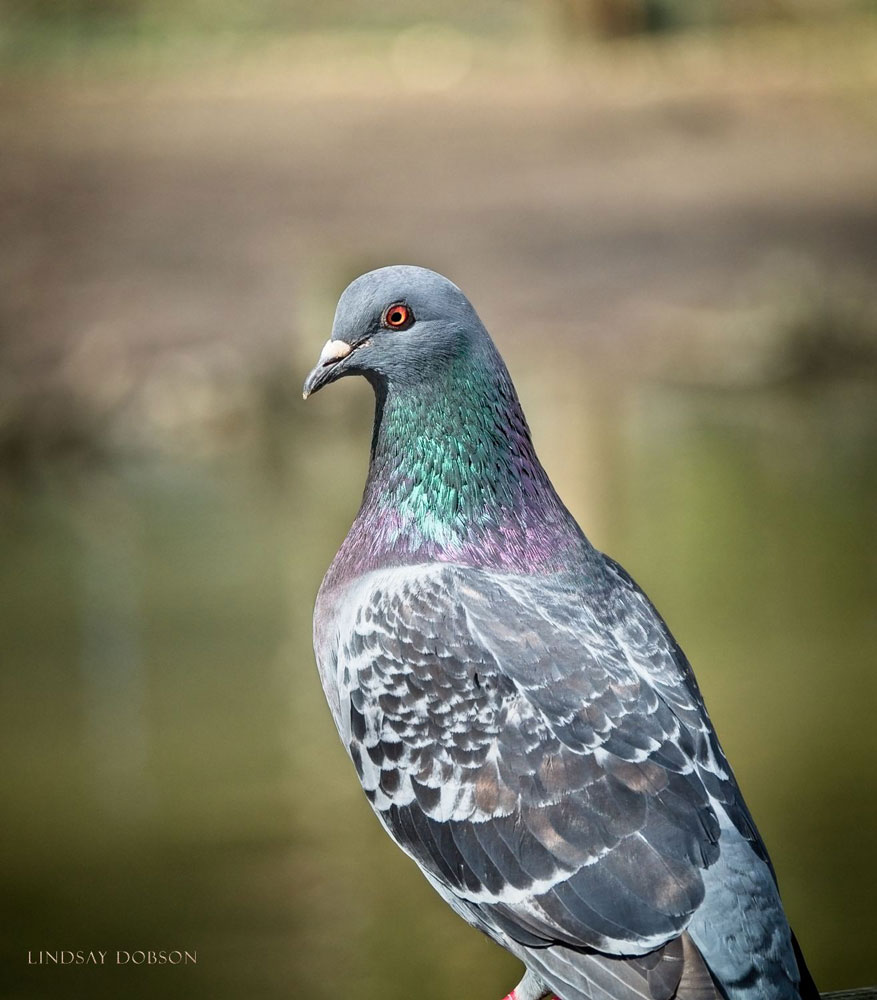Panasonic 100-300 Lens Bird Photography Field Review
The Panasonic 100-300 lens tends to get something of a mixed bag of reviews. I put this down to two things. Firstly with any super zoom or “super tele zoom” there’s quite a lot going on internally and therefore such lenses are more likely than others to exhibit copy variance. This was certainly the case in my experience, my first example of the Panasonic 100-300 was a little soft, particularly at longer focal lengths, and it wasn’t particularly colourful or contrasty. I returned it immediately for an exchange – now that I have a replacement I’m very happy indeed.
However other complaints surrounding lenses in this category can often be attributed to the experience level of the user. This is a micro 4/3 lens with a field of view equivalent to 200-600mm in 35mm terms. That is a considerable amount of magnification and we know that at high magnifications the slightest movement or shake is also magnified, resulting in blurred images. For this reason it’s vital that we either select shutter speeds appropriate to our focal length or else stabilise our equipment on a sturdy tripod. But out in the field, tripods are generally impractical and so we need to be aware at all times of our shutter speed. The general rule is that we need a shutter speed of 1/ our focal length (focal length equivalent if using a cropped sensor). Since this lens is mounted on my Olympus OMD camera I can benefit from the OMD’s inbuilt stabilisation – IBIS – which is very effective and offers around four stops of benefit. But I will still reiterate that at the long end of a lens such as the Panasonic 100-300 the higher your shutter speed the better. Long lenses are often accused of being soft but it’s worth checking where any softness is originating from, and the best way to do this is via stabilised tripod testing and very careful focusing (which is another possible cause of soft images).
So, I ventured out yesterday to my favourite wildlife sanctuary, armed with my Olympus OMD EM5 and my Panasonic 100-300. I’ve moved most of my inventory to micro four thirds now, due to my poor old body suffering under the strain of carting around my pro DSLRs and L lenses over many years. Since I’m a full time pro I need to keep my body in reasonable condition, and I was failing fast. Micro four thirds to the rescue! And yes, I do use my OMD for the vast majority of my paid work, and for my personal work such as today’s outing.
The light was quite good, bright and slightly overcast, so there were no obvious problems with getting a decently high shutter speed. My ISO values didn’t need to go above 1250 which is a sign that our winter gloom is finally lifting. The images I returned home with were bright, sharp, and packed with colour and detail. I find the colour rendition from the Olympus cameras to be particularly pleasing. On this outing, and many others, I’ll be shooting RAW with a fixed white balance setting. If you use auto white balance then the colour temperature of each image may end up being different, even within the same scene, according to the colour tones in the scene and where you frame your shot (and whether or not different subjects wander in or out of the picture).
A fixed white balance ensures consistency, and if there is any tweaking to be made during post-production you’ll be able to quickly and accurately correct a number of images at once. For general daytime use I employ the “daylight” setting which is perfect. But be aware that different camera brands will render white balance slightly differently. For example, the daylight setting on the MkIII tends to render a slightly greenish hue and therefore needs a little bit of fiddling around afterwards to get it right. The OMD on the other hand nails the colour out of the box which reduces my post-shoot workload.
Overall my view is that the Panasonic 100-300 is an invaluable lens for Micro 4/3 wildlife and bird photographers. In fact it’s the only native lens well-suited to wildlife and bird photographers. I am quite certain that will change drastically in the future since Olympus and Panasonic will be building a professional Micro 4/3 lens inventory in the coming years.
This lens is a good performer overall and it’s very sharp through the first half of the focal range. It remains sharp enough thereafter but in the last 20 mm or so there is some optical softening which is not attributable to user skill. As with most consumer grade lenses focus accuracy drops off slightly with camera to subject distance, but this particular optic actually performs very well in that regard. It’s certainly significantly better than other super zooms I’ve used in the past and will probably use in the future.
It’s small and wonderfully lightweight. The zoom mechanism is a little stiff, at least on the copies I have used. It isn’t weather sealed as you would expect from any lens at this modest price point.












